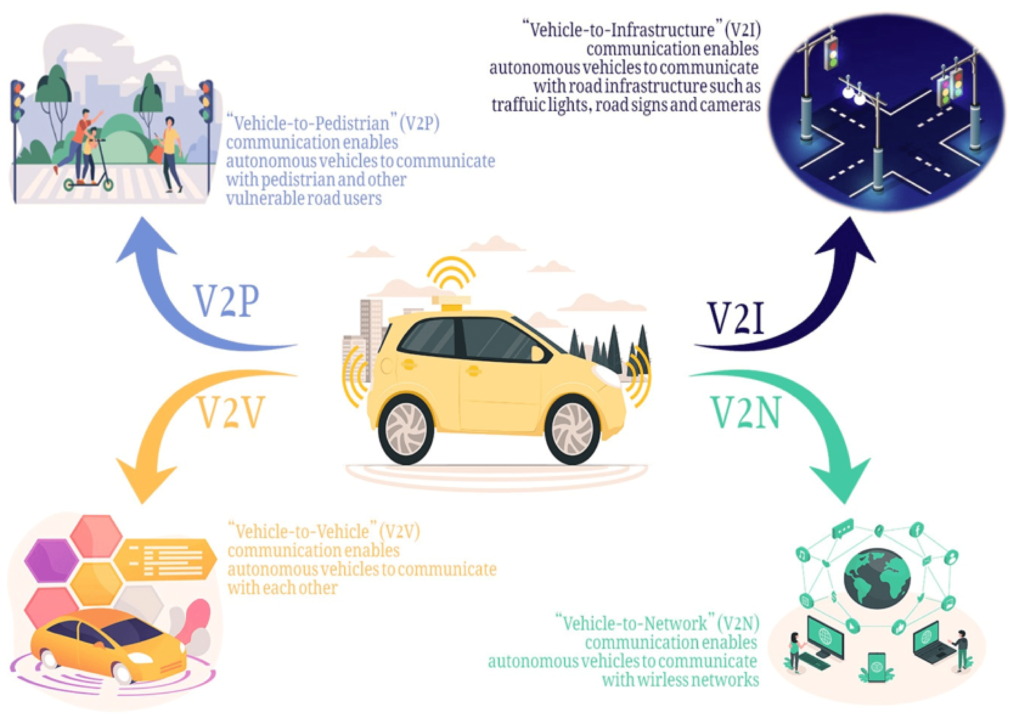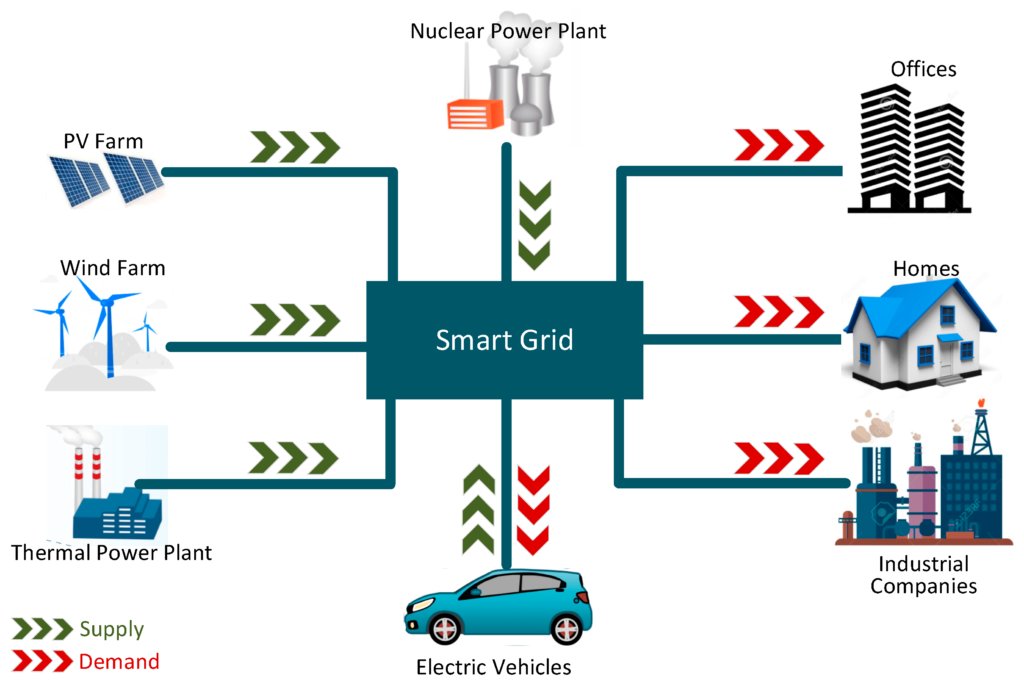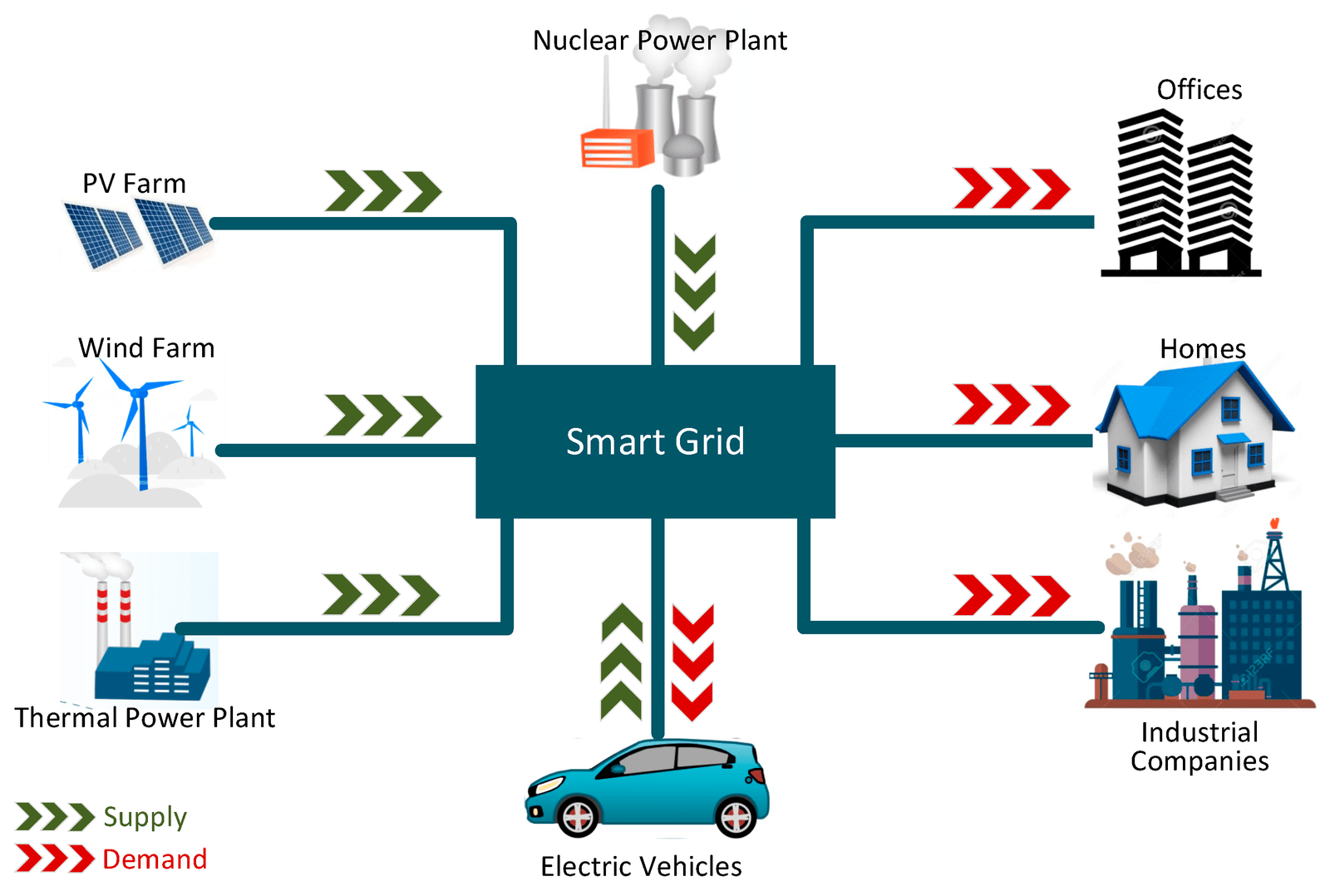Welcome to an exploration of how electric vehicle technology can positively impact remote and underserved communities. By replacing traditional gas-powered vehicles with clean and efficient electric ones, these communities can reduce air pollution, combat climate change, and lower transportation costs. This innovative technology not only provides environmental benefits but also creates economic opportunities and increases access to reliable and affordable transportation for those who need it most. Get ready to discover the sustainable and equitable benefits of electric vehicle technology in remote and underserved areas.
How Can Electric Vehicle Technology Benefit Remote And Underserved Communities Sustainably?
Have you ever wondered how electric vehicle technology can make a positive impact on remote and underserved communities? In this article, we will explore the various ways in which electric vehicles can benefit these communities in a sustainable manner. Let’s dive in and learn more about this exciting topic together!
The Environmental Benefits of Electric Vehicles
Electric vehicles, also known as EVs, are a greener alternative to traditional gasoline-powered vehicles. By switching to electric vehicles, you can significantly reduce your carbon footprint and help combat climate change. In remote and underserved communities, where access to clean air and water is essential for survival, electric vehicles can play a crucial role in protecting the environment and promoting sustainability.
Reduced Greenhouse Gas Emissions
One of the most significant environmental benefits of electric vehicles is their ability to reduce greenhouse gas emissions. Traditional vehicles that run on gasoline emit harmful pollutants such as carbon dioxide, which contribute to climate change and air pollution. Electric vehicles, on the other hand, produce zero tailpipe emissions, making them a cleaner and more sustainable transportation option for remote and underserved communities.
Energy Efficiency
Electric vehicles are more energy-efficient than gasoline-powered vehicles, as they convert a higher percentage of energy from the grid to power at the wheels. This higher efficiency not only reduces the overall energy consumption of transportation but also lowers the dependency on fossil fuels. By promoting energy efficiency, electric vehicles can help remote and underserved communities achieve long-term sustainability goals and enhance energy security.

Economic Benefits of Electric Vehicles
In addition to their environmental advantages, electric vehicles offer several economic benefits for remote and underserved communities. From lower operating costs to job creation opportunities, electric vehicle technology can have a positive impact on the local economy and improve the quality of life for community members.
Lower Operating Costs
Electric vehicles have lower operating costs than traditional gasoline-powered vehicles, primarily due to the lower cost of electricity compared to gasoline. In remote and underserved communities, where access to affordable transportation is essential, lower operating costs can make electric vehicles a more attractive option for residents. By choosing electric vehicles over gasoline-powered vehicles, community members can save money on fuel and maintenance, thus improving their overall financial well-being.
Job Creation Opportunities
The transition to electric vehicles creates job opportunities in various sectors, including manufacturing, infrastructure development, and maintenance. Remote and underserved communities can benefit from these job creation opportunities by investing in clean transportation infrastructure and supporting local businesses. By promoting the growth of the electric vehicle industry, communities can stimulate economic development, create new employment opportunities, and build a more sustainable future for all residents.

Accessibility and Transportation Equity
Access to transportation is essential for individuals living in remote and underserved communities, as it directly impacts their ability to access essential services, job opportunities, and social activities. Electric vehicles have the potential to improve transportation accessibility and equity in these communities, offering a sustainable and affordable mode of transportation for residents.
Improved Mobility Options
Electric vehicles provide residents of remote and underserved communities with access to reliable and sustainable transportation options. By investing in electric vehicle infrastructure, such as charging stations and public transportation services, communities can enhance mobility for residents and reduce reliance on traditional gasoline-powered vehicles. Electric vehicles offer a convenient and environmentally friendly way to travel within and outside the community, promoting greater independence and connectivity for all residents.
Transportation Equity
Transportation equity is a critical issue in remote and underserved communities, where access to transportation is often limited or inadequate. Electric vehicles can help bridge the transportation gap by providing affordable and accessible transportation options for all residents. By prioritizing the deployment of electric vehicles in underserved areas and ensuring equitable access to clean transportation, communities can promote social equity and environmental justice while improving the overall quality of life for residents.

Infrastructure Development and Grid Resilience
The adoption of electric vehicles in remote and underserved communities requires significant investments in infrastructure development and grid resilience. Building a robust charging infrastructure and upgrading the electrical grid are essential steps to support the widespread deployment of electric vehicles and ensure their long-term sustainability in these communities.
Charging Infrastructure
Establishing a comprehensive network of charging stations is crucial for promoting the adoption of electric vehicles in remote and underserved communities. Public charging stations, workplace charging facilities, and residential charging options are necessary to support the charging needs of electric vehicle owners and encourage more residents to switch to electric vehicles. By expanding the charging infrastructure, communities can create a more convenient and reliable charging experience for electric vehicle users, thus accelerating the transition to clean transportation.
Grid Resilience
Integrating electric vehicles into the electrical grid can improve grid resilience and enhance energy security in remote and underserved communities. Electric vehicles can serve as distributed energy resources, providing grid services such as demand response and energy storage. By smartly managing the charging and discharging of electric vehicles, communities can alleviate peak demand on the grid, reduce energy costs, and increase the reliability of the electrical system. Grid resilience is essential for supporting the growth of electric vehicles and ensuring the stability of the energy supply in remote and underserved communities.

Policy and Regulatory Considerations
The successful deployment of electric vehicles in remote and underserved communities requires a supportive policy and regulatory framework that incentivizes sustainable transportation practices and encourages community engagement. Policymakers, regulators, and community stakeholders play a crucial role in shaping the future of electric mobility and ensuring its benefits are equitably distributed among all residents.
Incentive Programs
Government incentive programs, such as tax credits, rebates, and grants, can encourage residents of remote and underserved communities to switch to electric vehicles. These programs help offset the higher upfront costs of electric vehicles and charging infrastructure, making clean transportation more affordable and accessible for community members. By implementing targeted incentive programs, policymakers can incentivize the adoption of electric vehicles and accelerate the transition to sustainable transportation in underserved areas.
Community Engagement
Engaging with local communities is essential for the successful integration of electric vehicles in remote and underserved areas. By involving residents in the planning and implementation of electric vehicle projects, communities can ensure that their unique needs and preferences are considered in the development of sustainable transportation solutions. Community engagement fosters collaboration, builds trust, and empowers residents to become active participants in shaping the future of transportation in their communities.

Conclusion
In conclusion, electric vehicle technology has the potential to benefit remote and underserved communities sustainably by providing environmental, economic, and social advantages. From reducing greenhouse gas emissions to improving transportation equity, electric vehicles offer a range of benefits that can enhance the quality of life for residents in these communities. By investing in electric vehicles, promoting sustainability, and engaging with community stakeholders, we can create a more equitable and resilient transportation system that benefits everyone. Let’s work together to harness the power of electric vehicle technology and build a cleaner, greener future for all.

